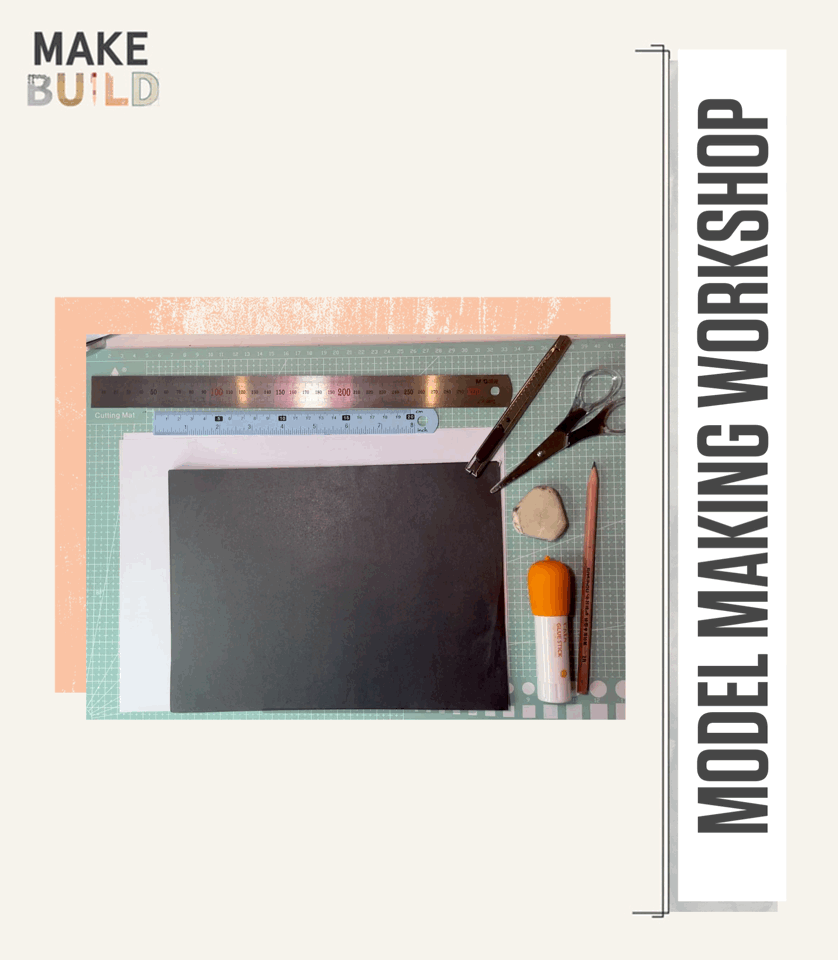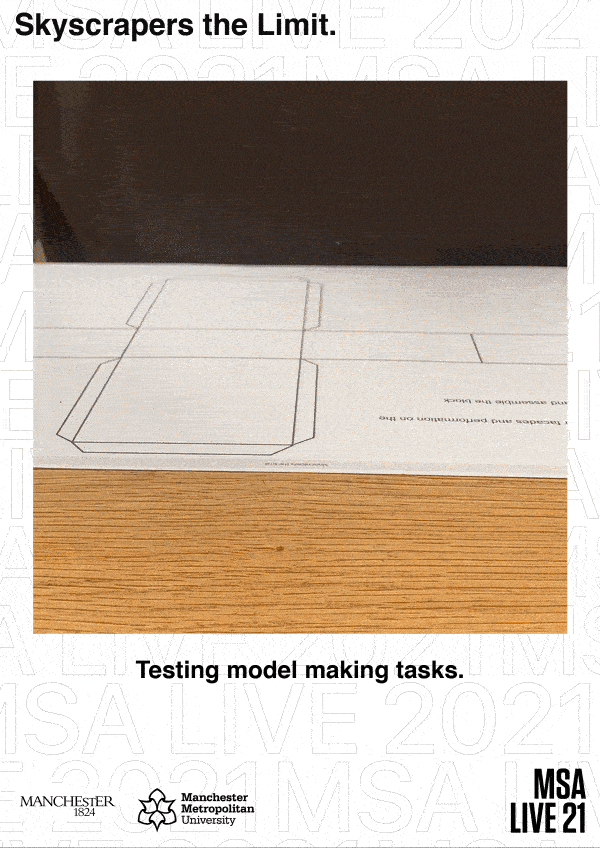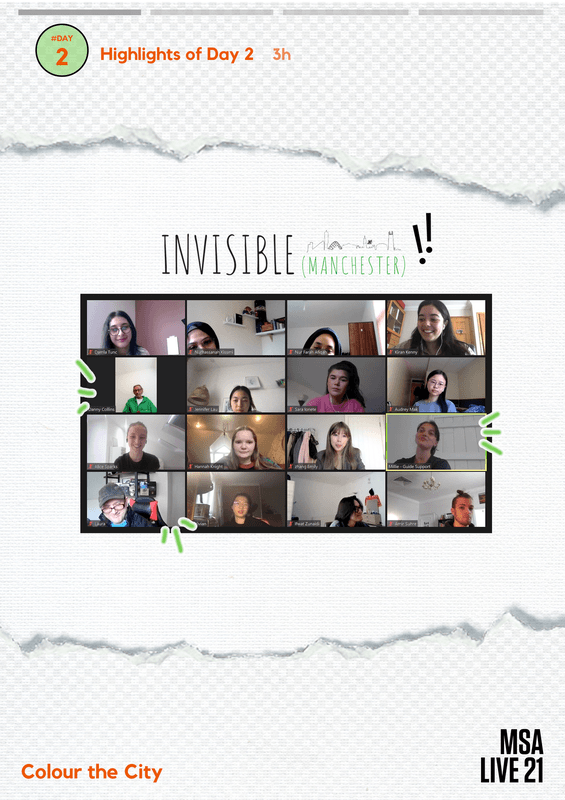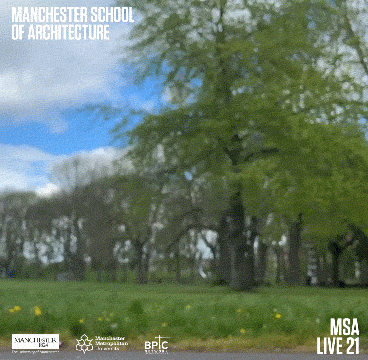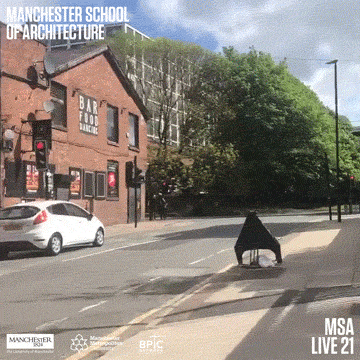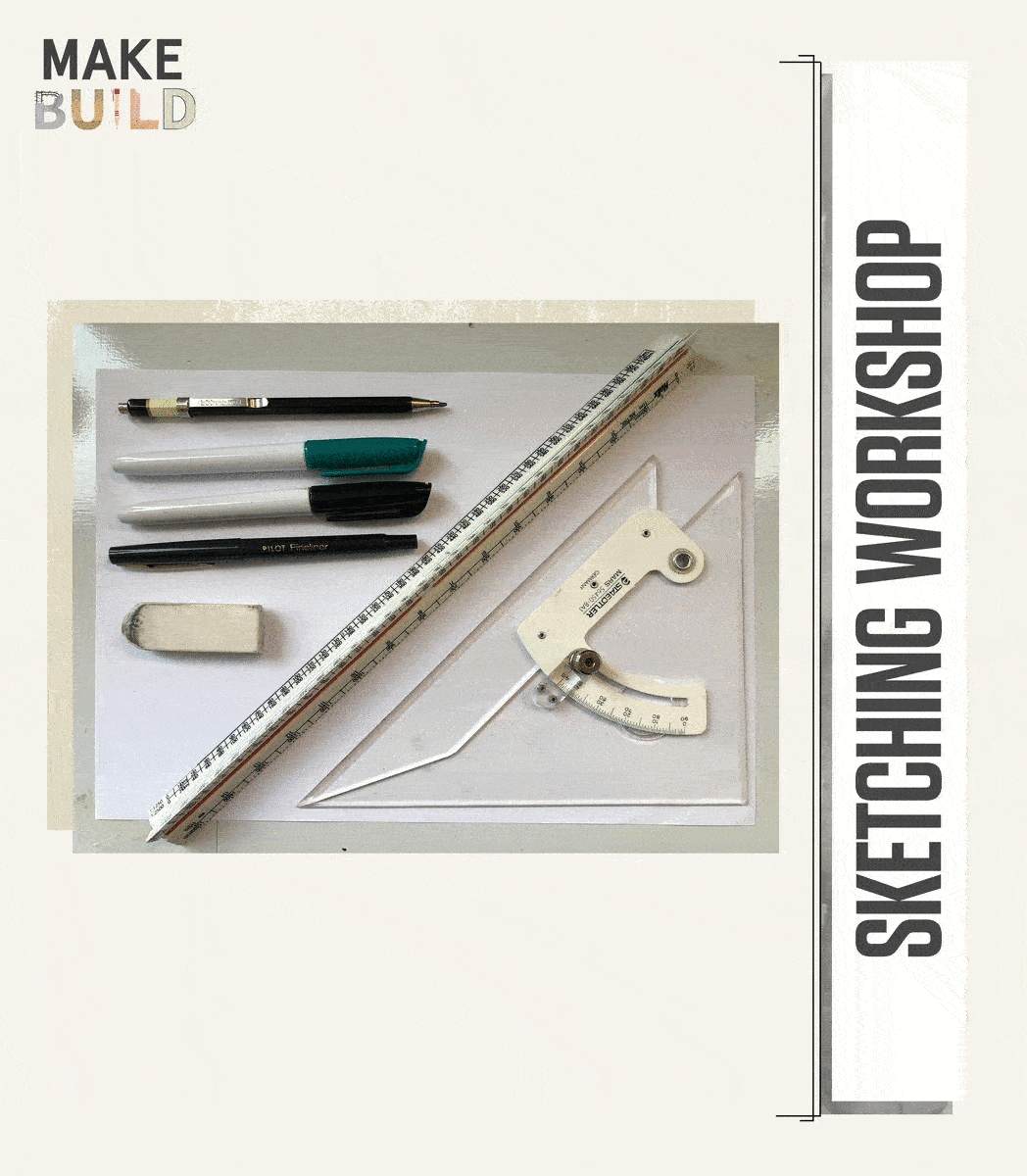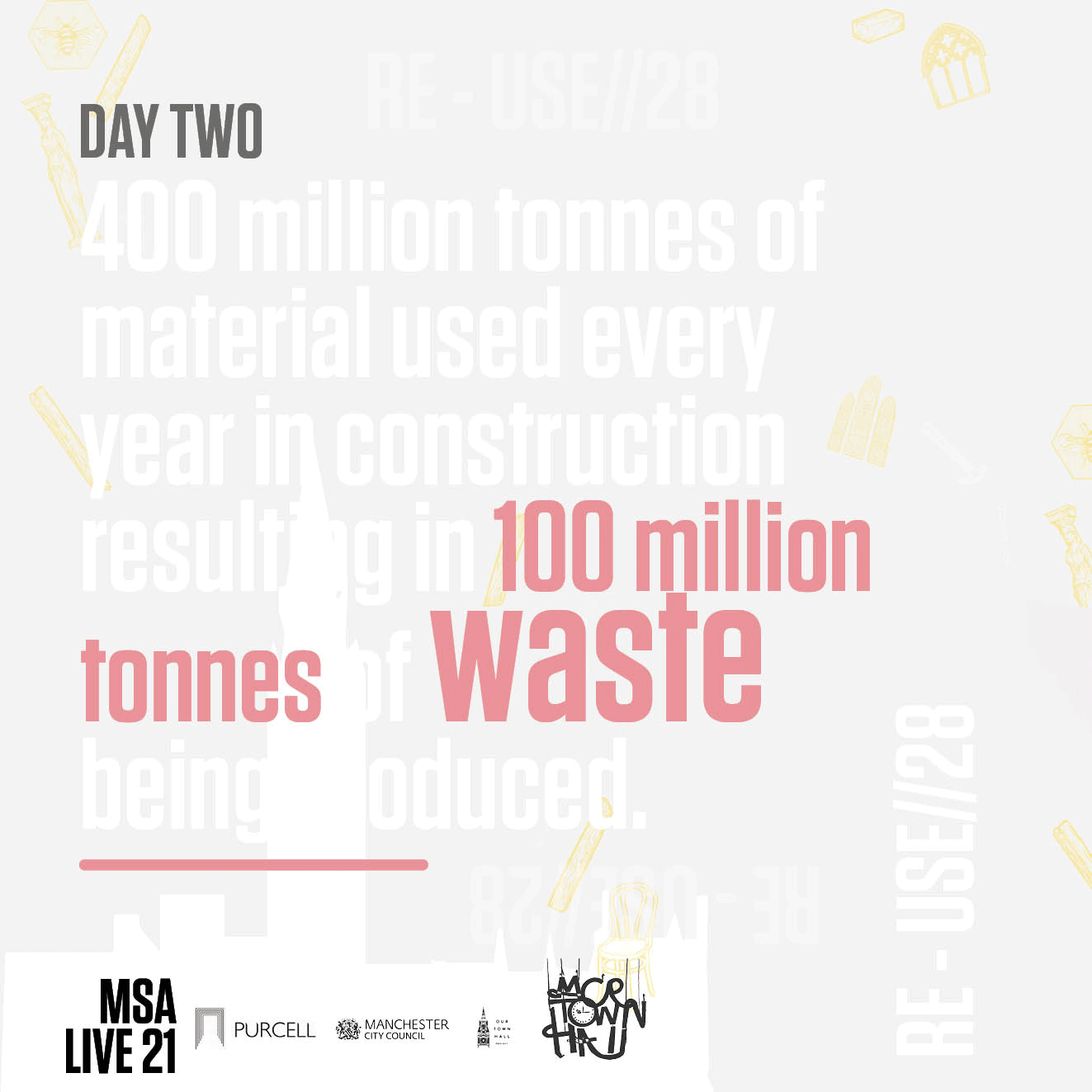DAY 2
Above shows the equipment we use to record sketching and the process doing sketching in our Architectural Sketching Workshop.
Above shows the equipment we use to record sketching and the process doing sketching in our Architectural Sketching Workshop.
Posted 12 May 2021 18:08







